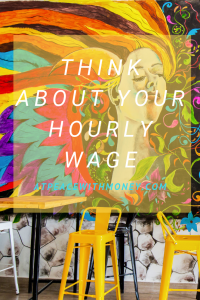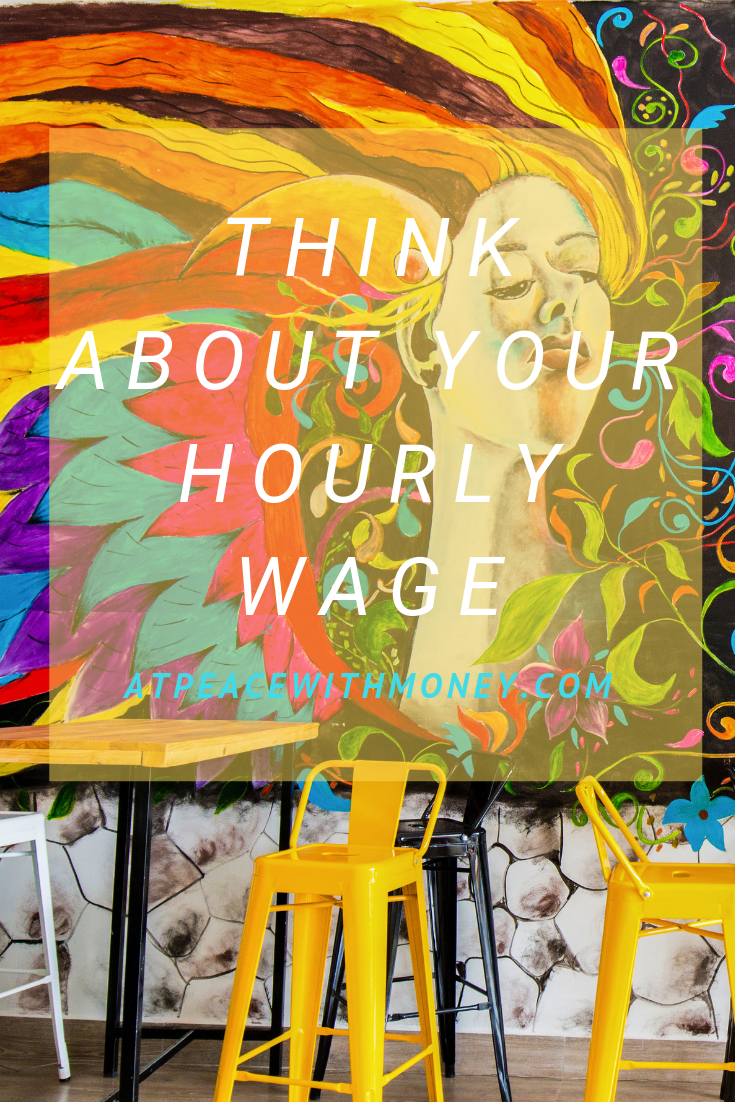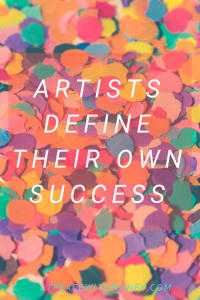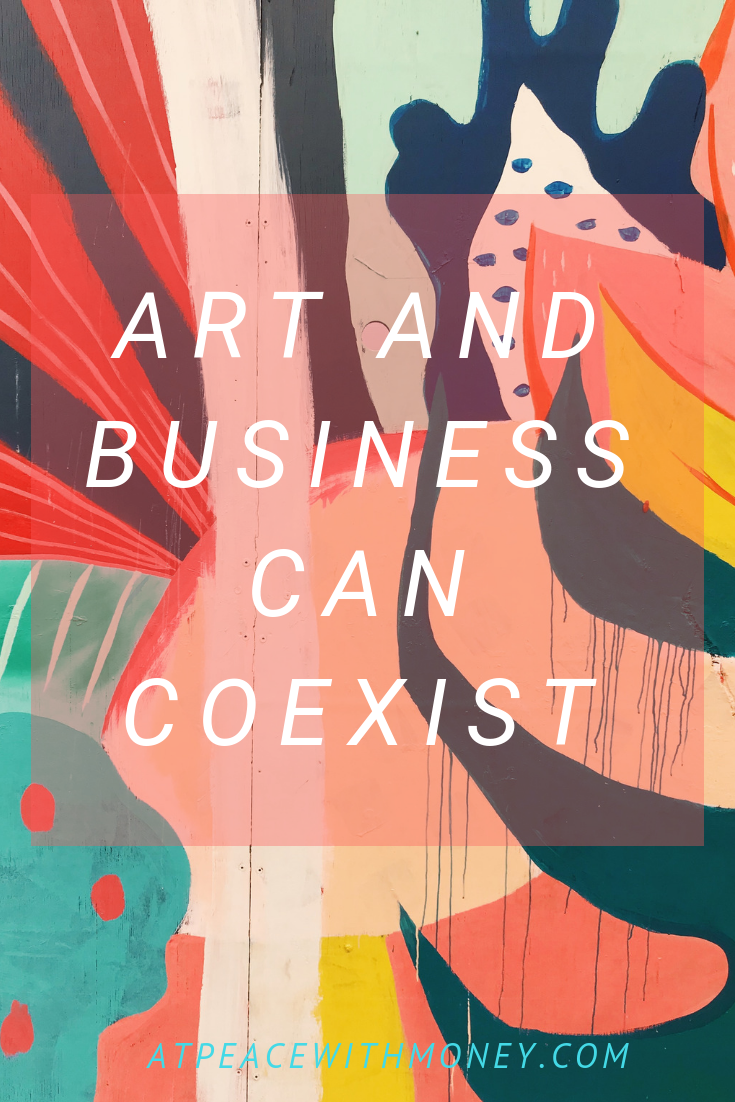Why You Need to Consider Your Hourly Wage As a Business Owner

Have you paused to consider what hourly wage your business pays you? This might not seem important – maybe you think that as long as you have your bills paid, you’re all set.
Why Think About Your Wage?
The thing is, this is really about pricing your products appropriately. First you need to understand your money why, or why you earn the money you take in from your business. This will help you understand if your current prices can really sustain the goals that you have financially. You can learn how to set informed income goals here. Once you understand what your income target is, you can work backwards and see how much of your product or service you would need to produce and sell in order to make that income. The next step is to see whether that’s realistic.
The Cost of Low Prices
Look around at what other people in your industry are selling their product for. If you’re giving your goods away because they’re priced so low, you’re not doing anyone any favors. Remember, selling more doesn’t mean you’re necessarily making more. You aren’t making money, you’re reducing the value of what you do in the eyes of the buyers and you’re making your industry fellows unhappy.
Consider Your Time
When you are considering how to price your product you may take into account the cost of supplies, transportation, and other materials. However, you must also take into account the cost of your time. If you were working for someone else and getting paid, you would receive an hourly wage, so consider that just as important in your own business. If you hired someone to help you with production, you’d need to pay them an hourly wage too. If you’re planning to scale up a business you’ll need to be able to hire other people and your prices need to be able to sustain that.
 Another thing for product-based businesses to consider when looking at your pricing is your interest in wholesaling. When selling wholesale, you will typically sell at 50% of your retail price. If, at this price, you’re not covering your costs, labor and making a profit that supports your financial goals, you need to raise your prices.
Another thing for product-based businesses to consider when looking at your pricing is your interest in wholesaling. When selling wholesale, you will typically sell at 50% of your retail price. If, at this price, you’re not covering your costs, labor and making a profit that supports your financial goals, you need to raise your prices.
I hope these thoughts of mine have helped you consider how taking your hourly wage into account can help you accurately price your products and meet your income goals. If you’re interested in learning and thinking more about pricing formulas, I encourage you to check out my interview with Megan Auman. Our talk, plus my articles on how artists define their own success and how business skills and artistic sense can coexist, are great resources for anyone with a creative business looking to tinker with their profit model. Enjoy!
Angela
Photo: JOSHUA COLEMAN






 Overall, Megan stressed the importance of understanding what you really want from your business and your life, and structuring it to include more of what you want. Whether this is more time in the studio, more time with your family, or less time spent on certain tasks, automation helps creatives focus on the work they really want to be doing. I have written a little bit about how
Overall, Megan stressed the importance of understanding what you really want from your business and your life, and structuring it to include more of what you want. Whether this is more time in the studio, more time with your family, or less time spent on certain tasks, automation helps creatives focus on the work they really want to be doing. I have written a little bit about how 


 I really enjoyed speaking with Megan because our goals are very similar; we both want creative solopreneurs to have profitable businesses that allow them to spend time doing what they most want to do. Whether it’s their creative work or other pursuits, all of those things take financial security. Business success is within reach, even, and especially if you run a creative business. I encourage you to watch the full interview here and check out Megan’s resources,
I really enjoyed speaking with Megan because our goals are very similar; we both want creative solopreneurs to have profitable businesses that allow them to spend time doing what they most want to do. Whether it’s their creative work or other pursuits, all of those things take financial security. Business success is within reach, even, and especially if you run a creative business. I encourage you to watch the full interview here and check out Megan’s resources,